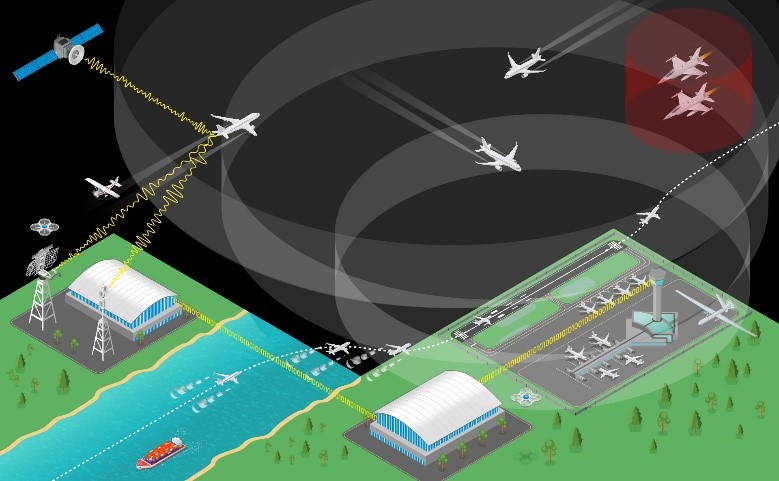Wake turbulence separations (for departures) based on static aircraft characteristics
Runway capacity is a limiting factor at many of Europe’s busiest airports, however new runway construction is unpopular and requires many years of planning to bring into operation. SESAR research is addressing alternative operational and technical improvements to increase traffic throughput while preserving safety and minimising the impact on the environment.
Europe’s wake vortex re-categorisation (RECAT-EU) scheme is the basis of further research by SESAR partners into wake turbulence separation rules and ways of raising capacity for high intensity runway operations. In a series of real-time simulations, SESAR 2020 partners tested time-based separation procedures for different categories of aircraft used in combination with the optimised separation delivery (OSD) tool for controllers (see solution PJ.02-01-02). The simulations focused on large and very airports but benefits may be expected at medium airports depending on the local environment and constraints. The validation exercises reviewed time-based pairwise wake separation for different categories of aircraft and tested pairwise separation for departures (PWS-D).
The solution optimises wake separations between departures on the initial departure path by moving from a small number of wake categories (four to seven) to a scheme defined between aircraft type pairs for the 96 most common aircraft types operating at European airports, together with a scheme defined by a larger number of wake categories (20-CAT) for other aircraft type combinations.
The results show that PWS-D used in combination with OSD is operationally feasible and acceptable for segregated runway operations. The solution is ready to be submitted to EASA once the safety case and supporting evidence has been assembled. Before PWS-D can be deployed, the OSD tool needs to be integrated with the controller working position and current time-based separation system (if present) with the addition of meteorological services to measure and forecast the wind on the final approach path.
The time-based PWS-D 7 category scheme is expected to become an EASA acceptable means of compliance for the requirement ATS.TR.220 Application of wake turbulence separation from Regulation EC 2017/373 Annex IV Part-ATS. Meanwhile, the development of the time-based 96x96 and 20-CAT wake separation rules should be assessed with the supporting safety case and evidence for submission to EASA for regulatory approval. This work is ingoing within the programme in PJ.02-W2 and as part of the very large-scale demonstration, SORT (see section III for information about these projects).
BENEFITS
Additional resilience to weather and wind conditions
Decrease in fuel burn from taxi-out time
Less variability between planned and actual departure time
Increased runway throughput
Datapack
Contextual note
CBA
OSED Interop: part I - part II - part IV - part V
TS IRS

